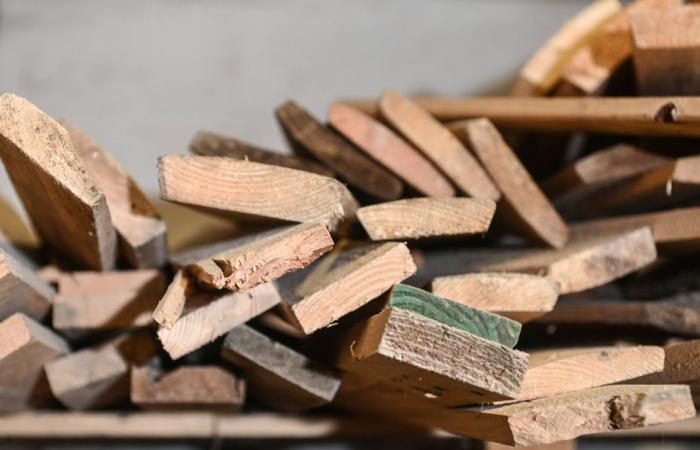A study carried out by researchers in the Occitanie region highlights the qualities of wood in construction. Faced with climate change, this material could well have its role to play in the years to come.
The essentials of the day: our exclusive selection
Every day, our editorial team reserves the best regional news for you. A selection just for you, to stay in touch with your regions.
France Télévisions uses your email address to send you the newsletter “The essentials of the day: our exclusive selection”. You can unsubscribe at any time via the link at the bottom of this newsletter. Our privacy policy
Disappeared from the components of our means of transport, wood could make a comeback to the fore. In any case, this is what the BOOST research project, led by four researchers in Occitania, tends to show. The latter studies the possible use of wood for vehicle structures.
Used to build boats thousands of years ago and the first planes at the beginning of the 20th century, wood has gradually been replaced by new, more resistant materials. A profound change which does not take away from wood its many qualities, allowing us today to consider it as a construction material of the future.
In this movement of rediscovery and reuse of this historic material, the University of Kyoto in Japan even launched the very first wooden satellite this Tuesday, November 5.
“Wood will never have the same mechanical qualities as the materials used today, but it has many advantages”says Joël Serra, engineer and member of the research project alongside Bruno Castanié, Florent Eyma and Arthur Cantarel.
The most important advantage remains the ecological cost. Wood requires much less energy for its production than other materials, 70 times less than aluminum for example. “The quantity of CO2 generated is also much lower”continues Joël Serra.
In France, wood also has the capacity to be a local material. Forest cover has doubled in the country in a hundred years and the stock of wood has increased considerably in the European Union (+ 30%) in the 21st century. The material could thus be economically advantageous.
However, wood also has flaws. “The properties of this material will change with humidity and heat”underlines the engineer-researcher. Insects and other fungi can also become problematic.
Despite these constraints, wood has many more advantages than disadvantages. It could thus gradually be installed in the components of our means of transport. But then which ones and how?
In cars
The observation is simple. Today, only the English brand Morgan still uses wood to produce its cars in small series with the presence of ash in part of its chassis.
But, in the future, wood could be used more in our vehicles. “We had to test its ability to absorb shock during accidents”points out Joël Serra. The results of the studies are positive. With structures combining carbon and wood, researchers realized that the material absorbs a large quantity of energy during a possible crash. It would thus ensure the safety of users.
On planes
In aeronautics, certain uses of wood can be observed in France. Basée in Toulousethe company Aura Aéro has, for example, developed a wood-carbon aerobatic plane, currently undergoing certification.
But these cases remain unique. Quite the opposite of the past where planes were built of wood and canvas. During World War II, one of the most successful was the Mosquito. Capable of flying at 680 km/h, its structure was notably made of birch.
In the satellites
Wood is also found in space. Two studies are underway, in Japan and Finland, to use the material in the structure of small satellites. The Japanese study made it possible to send the first of them into space at the beginning of November.
These machines have two significant advantages. “When it leaves its orbit, a wooden satellite will burn up completely and avoid leaving polluting particles in the atmosphere”explains Joël Serra. In addition to this, theWood is a material transparent to electromagnetic waves, allowing more efficient and less dangerous transmissions with the Earth.
Today, although concrete applications in aeronautics and space are beginning to emerge, there is no industrial application for wood. “I think this will happen gradually”positive Joël Serra.






